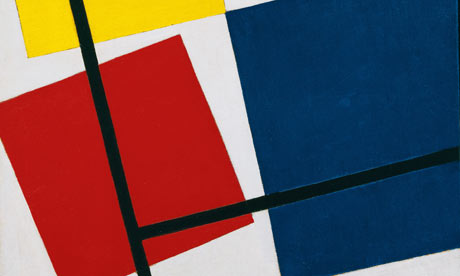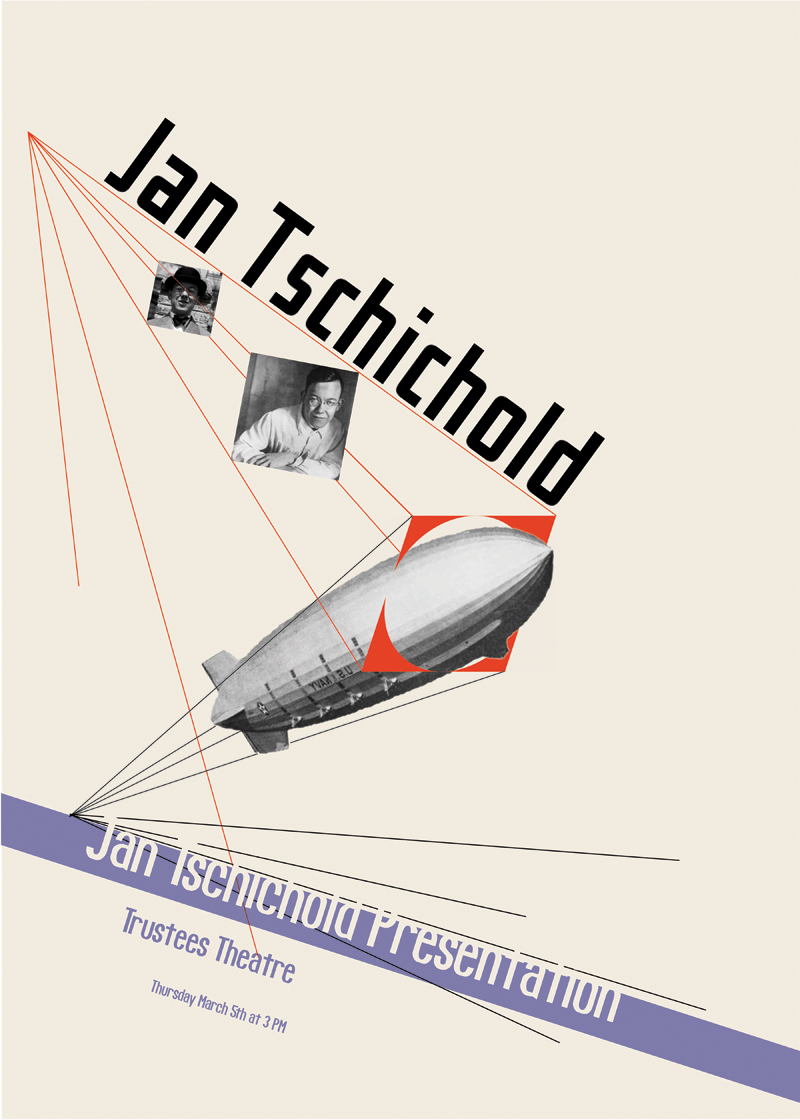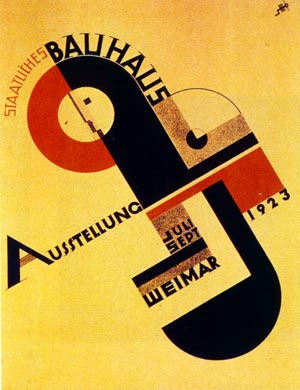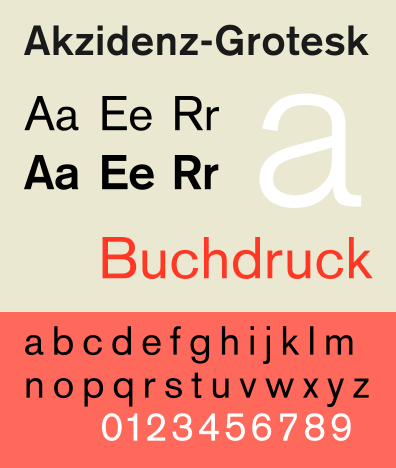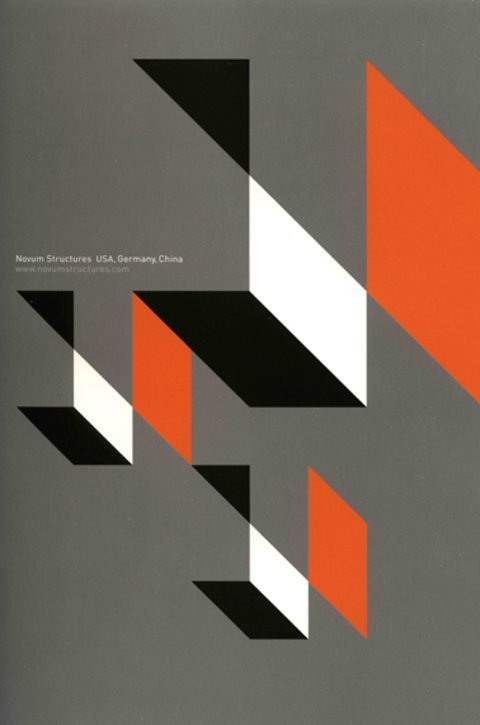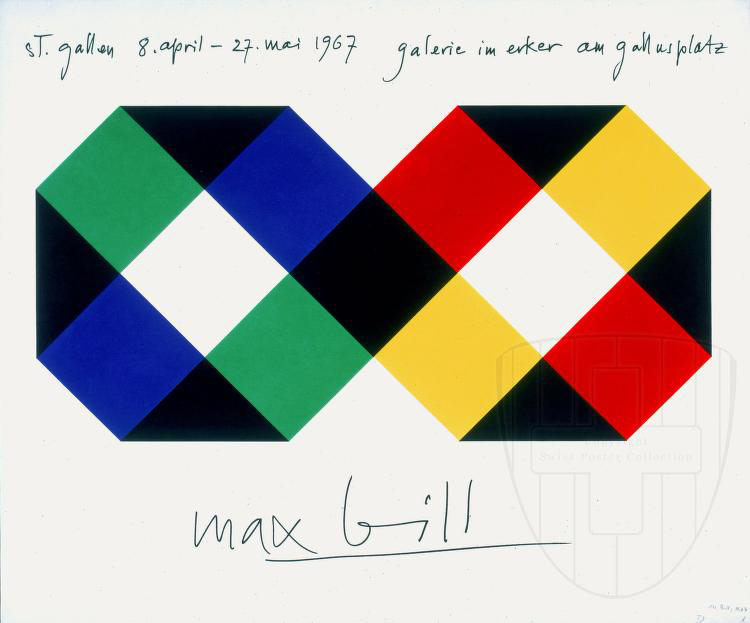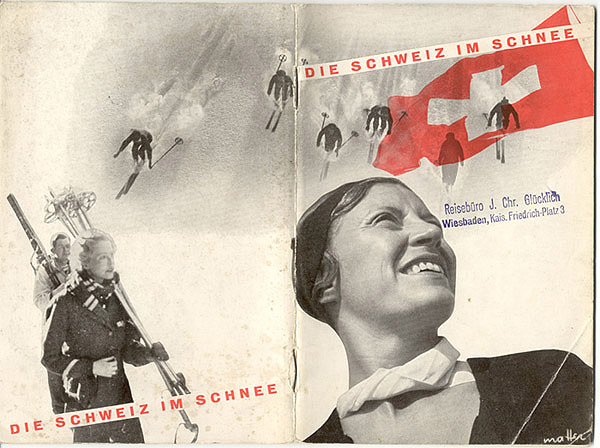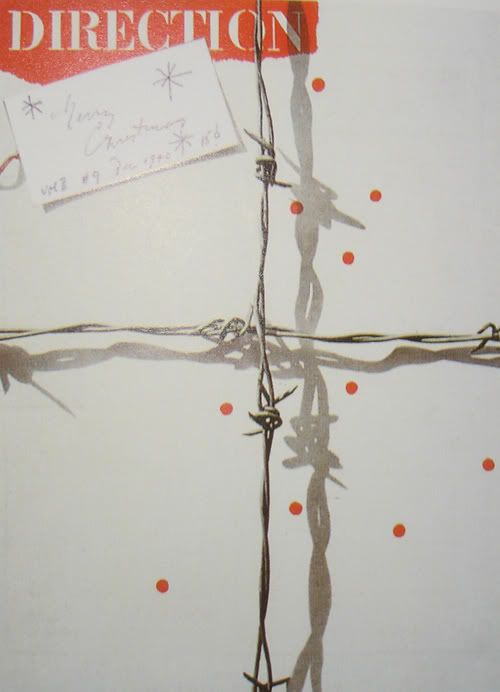Most of the graphic designers of that time used vigorous horizontal and vertical structure. They did not want any more to be traditional so they put in their designs dynamic, non-linear composition achieved by pasting words and letters in place for reproduction from photo-graved printing plates. Lewis Carrol's Alice's Adventures used very innovative and different way of presenting text in the page. It was constructed mouse's tail from the letters.
One of the artist who wanted to live by the terms of futurist philosophy is Fortunato Depero (1892-1960). He produced a lot of thing such as dynamic posters, a lot of experimentinf with typography and advertising design. He worked for the magazines such as Vanity Fair, Movie Markers and Sparks. His techniques were adopted by Dadaists, constructivists and De Stijl.
References:
Inkling for Web. 2013. Inkling for Web. [ONLINE] Available at:https://www.inkling.com/read/history-of-graphic-design-philip-meggs-5th/chapter-13/futurism. [Accessed 24 November 2013].


















